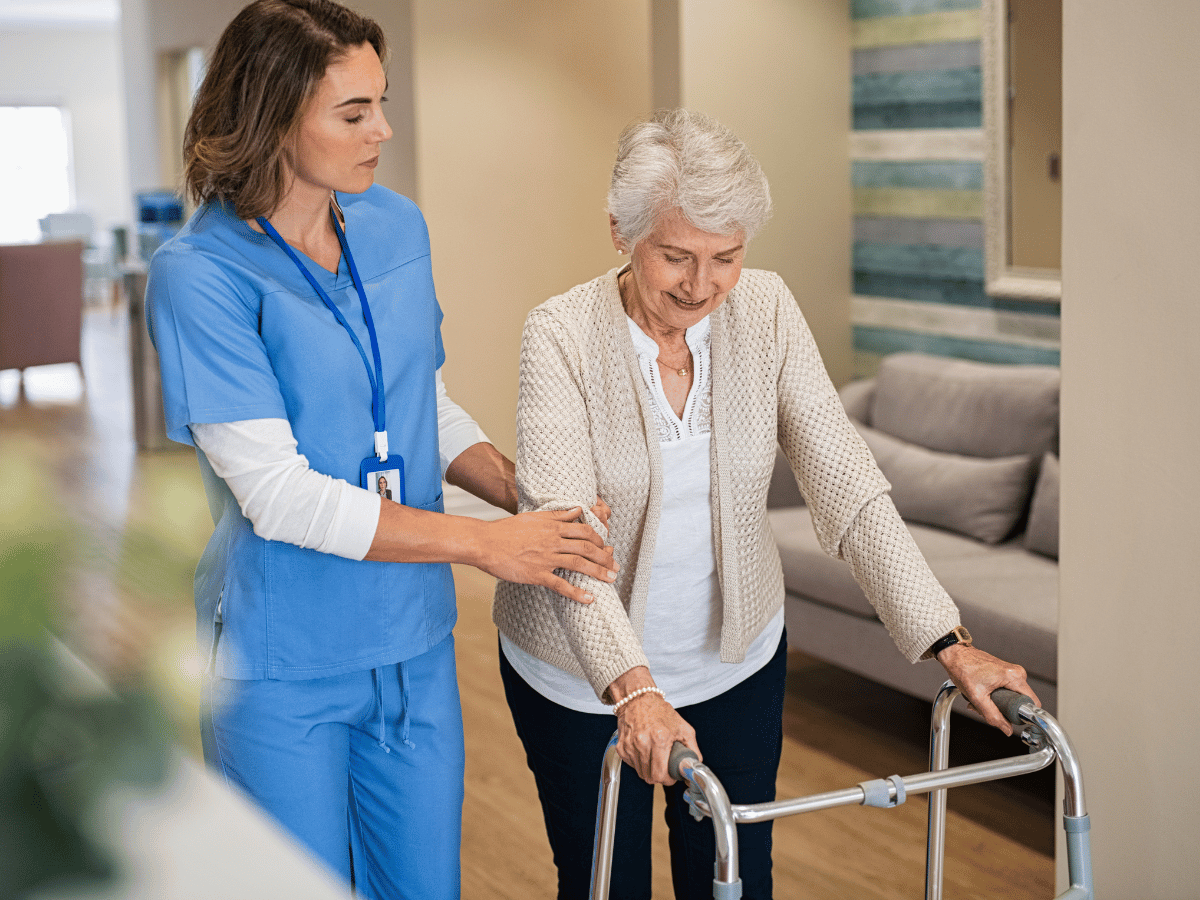
Osteoporosis is more than just a buzzword you’ve heard in commercials. It’s a chronic, progressive disease that compromises bone strength, making bones porous and fragile. Quite literally, osteoporosis means “porous bone”, and the condition increases the risk of unexpected fractures.
One of the most insidious aspects of osteoporosis is that it often shows no symptoms until a fracture occurs, typically in the hip, spine, or wrist. That’s why it’s frequently referred to as the “silent thief”, gradually stealing bone mass without noticeable warning signs.
Our bones are living tissues that constantly undergo remodeling, a balance between bone formation and bone resorption. With osteoporosis, this natural remodeling process is disrupted. The body either loses too much bone, fails to produce enough, or both. Over time, bones become weak and are more susceptible to fractures, even from minor falls or subtle strains like bending over or coughing.
Think of bones not as rigid structures but as dynamic scaffolding that reacts to the stresses we place on them. Any disruption in the formation or preservation of this structure makes it vulnerable.
We often think of osteoporosis as a women’s issue, and while postmenopausal women are indeed at higher risk, the threat extends to everyone under certain conditions.
Understanding these risk factors empowers us to take preventive steps before bone density significantly declines.
Osteoporosis is elusive because it presents few, if any, symptoms in early stages. However, later stages may involve:
If you or a loved one are experiencing any of these warning signs, it’s time to speak with a physician. Early detection is absolutely key.
The cornerstone of osteoporosis diagnosis is a bone mineral density (BMD) test using dual-energy x-ray absorptiometry, commonly known as a DXA or DEXA scan.
This painless, non-invasive scan evaluates bone density, returning a T-score that compares your bone density to that of a healthy young adult. Here’s how to interpret that result:
In some cases, doctors also use the FRAX score, a tool that estimates the 10-year probability of a major osteoporotic fracture. This risk-based approach helps guide treatment decisions beyond bone density alone.
When it comes to osteoporosis, prevention is always better than treatment. A comprehensive prevention plan combines good nutrition, physical activity, and healthy lifestyle choices.
Regular weight-bearing and resistance-based exercises stimulate bone formation. We’re talking about:
Consistency matters more than intensity. Encourage routines that are sustainable and adaptable with age.
If you’ve been diagnosed with osteoporosis, know this: effective treatments are available, and they can dramatically reduce your fracture risk.
Treatment generally lasts several years and is tailored based on age, BMD, fracture history, and personal risk factors.
At South Florida Multispecialty Hospital, we can’t emphasize enough the value of early bone density screening, especially if you’re over age 65, postmenopausal, or have multiple risk factors.
Early detection allows for earlier intervention, which means fewer fractures and a better quality of life. Many fractures caused by osteoporosis are avoidable with prompt action.
Managing osteoporosis means adapting your lifestyle without limiting your quality of life. Here are a few daily strategies:
Consider joining support groups or educational classes that connect you with others managing similar challenges. You’re not alone in this journey.
If you or someone you love is showing signs of osteoporosis or is in a high-risk group, don’t wait for a fracture to spark action. Connect with our expert team at South Florida Multispecialty Hospital for screening and personalized care.
Contact South Florida Multispecialty Hospital today to schedule your bone health assessment and take the first step toward stronger, healthier bones.
Osteoporosis is a condition where bones lose mass and structure, becoming brittle and more likely to fracture. It develops due to an imbalance between bone formation and resorption.
Postmenopausal women, people over 65, those with a family history, and individuals with poor nutrition or sedentary lifestyles are among the most at risk.
The disease is often silent early on. Later signs may include fractures from minor incidents, back pain, or a noticeable loss of height.
Osteoporosis is diagnosed using bone mineral density testing (DXA scan). Doctors may also use a FRAX score to assess future fracture risk.
Yes. Prevention and management include a diet rich in calcium and vitamin D, regular exercise, and avoiding tobacco and excessive alcohol.
Consume 1,000–1,200 mg of calcium and 600–800 IU of vitamin D daily. Include dairy, leafy greens, and fortified foods in your diet.
Weight-bearing exercises like walking, resistance training, balance exercises, and yoga can all boost bone strength and prevent falls.
Treatments include medications like bisphosphonates and denosumab, as well as hormone therapy for some individuals and lifestyle modifications.
A family history of osteoporosis means you may be genetically predisposed to lower bone mass, increasing your risk even if other factors aren’t present.
Talk to your doctor if you're over age 65, postmenopausal, or have other risk factors such as long-term steroid use or a history of fractures.
Your well-being is our top priority. Reach out today to discover how our dedicated team can support your health journey.
Have questions or want to learn more? Use the form below to get started!
Connect with South Florida’s trusted multispecialty care team and take control of your health with compassion and convenience.
©2025 South Florida Multispecialty Medical Group. All Rights Reserved.